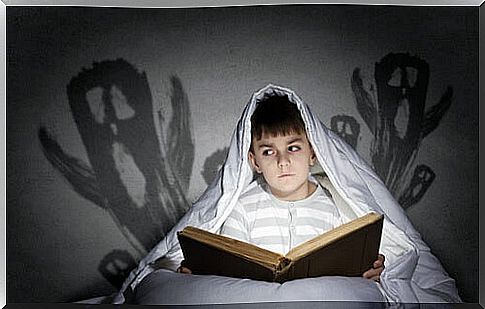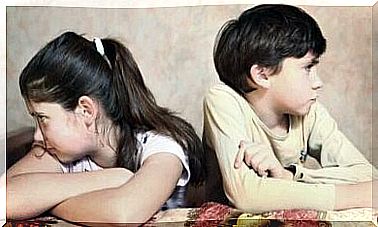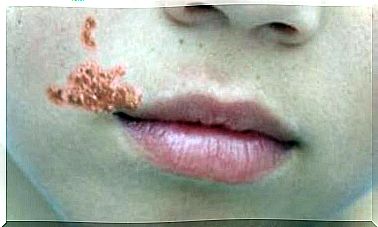Children’s Sleepwalking: A Very Common Disorder

Exhaustion, stress, anxiety, feverish conditions and changes in habits can cause sleep disorders. One of the most frequent sleep disorders is childhood sleepwalking. It occurs between 4 and 6 years of age and has a higher incidence in boys than in girls. With a few exceptions, childhood sleepwalking tends to disappear in adolescence.
Despite what you see in cartoons, a child with sleepwalking does not walk like a zombie, with arms outstretched. However, even if sleeping, the child can walk, sit, dress, talk, open drawers and even leave the house. During the sleepwalking episode, the child’s eyes will stay open, but the child will keep a vacant look, as if disconnected.
Some scientists associate this disorder with the immaturity of the central nervous system, however this theory has not been proven. The only certainty is that childhood sleepwalking is not related to mental or emotional problems. In fact, the only risks are accidents that could happen while wandering while sleeping.
When does it happen and how long does an episode of sleepwalking last?
Usually, sleepwalking episodes manifest as an unconscious imitation of actions performed during the day. For example, picking up a backpack to go to school or opening the fridge to get some milk are quite common actions. When the child finishes doing what he intended, he goes back to bed or continues to sleep elsewhere.

Like so-called night terrors or night panic, sleepwalking also occurs during phase IV non-REM sleep. That is, it happens at the deepest stage, in which brain activity is slower and muscle tone is reduced. Therefore, actions are undisturbed and vision does not process sensory impressions.
Duration of events varies. It can last only a few seconds or even 30 to 60 minutes. While the child is in the sleepwalking state, he will act like a “robot”. She may mumble or speak a few isolated phrases. The only order you might answer is to go back to your room. The most ironic thing is that when the child wakes up, he won’t remember his nightly adventures.
How is childhood sleepwalking detected?
When talking about the causes of childhood sleepwalking, doctors point out aspects such as sleep deprivation and fatigue. They also mention heredity, medical conditions (such as seizures), and stimuli such as caffeine.
What happens during sleepwalking is that the body wakes up while the brain continues to sleep . For this reason, the person performs certain movements without brain action. However, there are no specific diagnostic studies. It is not very difficult to detect child sleepwalking as it is quite indicative in itself.
What is the ideal treatment?
Child sleepwalking usually has no other consequences and gets better with time. It is necessary to try to improve the quality of sleep to ensure that the child can really rest. In addition, it is recommended to take certain safety measures to prevent the child from falling or hurting himself during one of the episodes.
If childhood sleepwalking persists into adolescence, you may need to see a specialist. Treatment is usually based on exercise or drug treatments. Remember that factors such as alcohol and tobacco can make the disorder worse.

Suggestions for dealing with childhood sleepwalking
The main recommendation made by experts is not to wake the child during the first 5 to 15 minutes of the sleepwalking episode. This can trigger an anxiety or panic attack. The ideal is to take the child to the bedroom with care so that they do not get hurt.
Some precautions you can take are:
- Move furniture and other obstacles out of the way so the child doesn’t trip or get hurt.
- Close windows and doors. Try not to put the key in the same place so it doesn’t find it while you’re sleeping.
- Do not give any kind of medication, unless the doctor tells you to. It must be taken into account that childhood sleepwalking is not a disease.
- Get the child used to sleep and rest habits from an early age. Practice breathing and relaxation techniques, especially before bedtime.
- Avoid foods that can keep your child awake.
- Talk to the child about her condition so she doesn’t get scared. That way she can also try to control her behavior as she grows up.
Child sleepwalking is quite common, but not dangerous. The vast majority of children overcome this problem with a little help from their parents. If it’s a recurrent thing, you can make notes about the episodes and try to wake the child up 15 minutes early. That way you’ll reduce cycles. The key is to stay calm.









